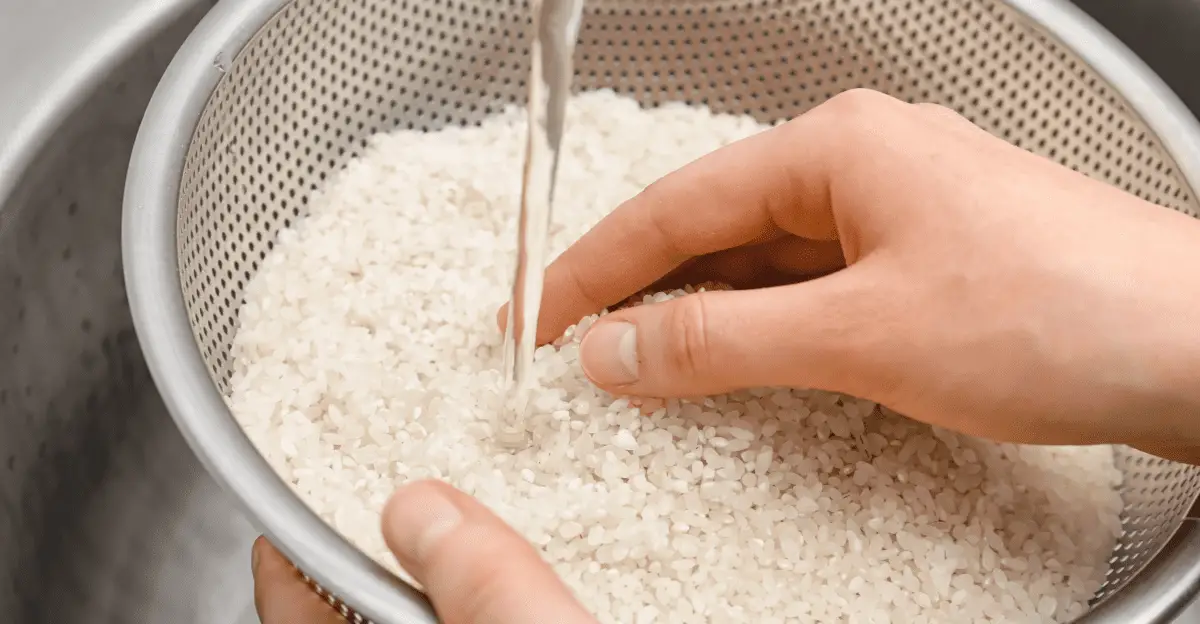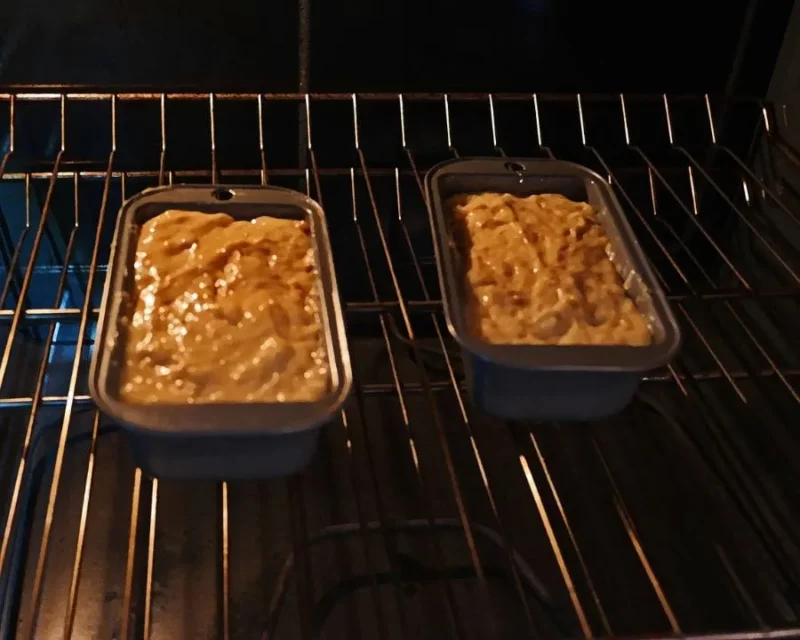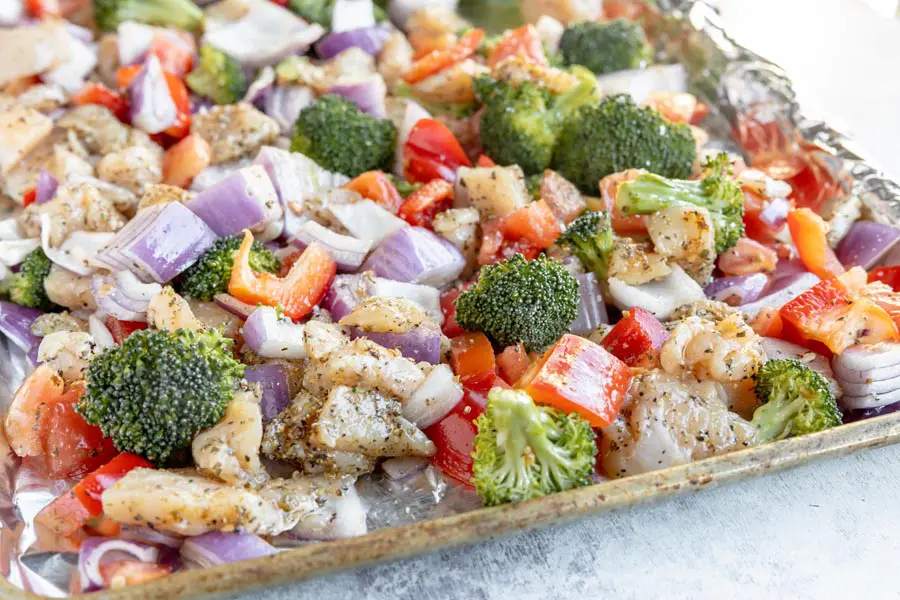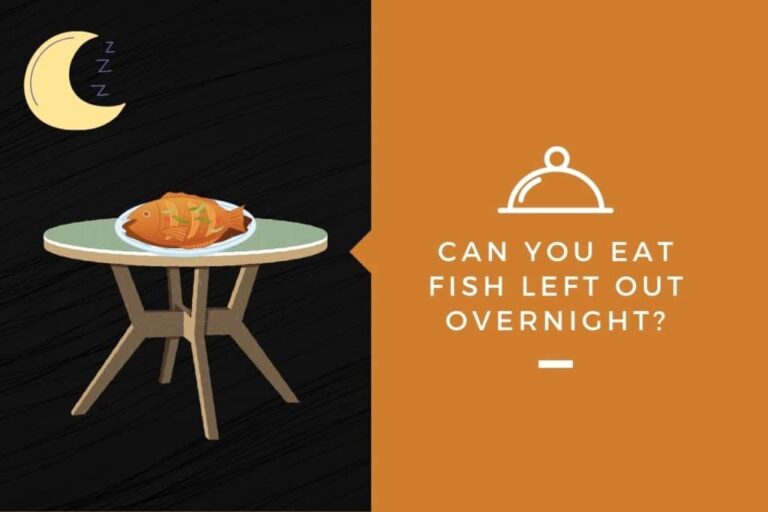Rice is a staple food in many countries, and its preparation varies from region to region. One common step in rice preparation that is often debated is whether to rinse the rice after cooking it, and if so, whether to use hot or cold water. In this article, we will explore the best methods for rinsing rice properly and their potential health benefits. We will also look at different cultural preparations of rice from across the world and examine why our choices in rice preparation matter for environmental sustainability.
How to Rinse Rice Properly
The importance of rinsing rice cannot be overstated as it helps remove excess starch and impurities that can affect the quality and taste of your cooked rice. Here are two techniques for properly rinsing your rice:
Basic Method
The basic method involves measuring out the desired amount of rice into a sieve or fine-mesh strainer and washing it under running water while stirring gently with your hands. Keep washing until the water runs clear, then shake off any excess water before proceeding with cooking.
It’s important to note that the amount of water used when cooking rice should also be adjusted based on how thoroughly you rinse it. Rinsing reduces starch levels, so you may need slightly less water than if you didn’t rinse.
Hot Water Rinsing Technique; Pros & Cons
Hot water rinsing is another technique practiced by some cooks. It involves soaking rice in hot water before draining and rinsing it under cold running water. Here are some pros and cons:
Pros
- This method can help to remove chalky grains or odor.
- Helps kill any bacteria present on the surface of raw grain
Cons
- Risks damaging delicate grains like basmati.
- Reduces nutritional value due to heat damage.
- Take comparatively longer time
Overall, hot-water rinsing technique might not be best for everyday consumption as it loses essential components during steeping.
Cold Water Rinsing Technique; Pros & Cons
The cold-water rinsing technique is similar to the basic method, but it involves soaking the rice in cold water for a few minutes before straining and washing. Here are some pros and cons:
Pros
- Helps remove excess starch without damaging rice.
- Does not affect nutritional value significantly.
- Takes lesser time as compared to hot water rinsing.
Cons
- None that are significant enough to be noted.
Coldwater rinsing is widely preferred for its gentleness, which does not alter the texture of the grain also noting the fact that it helps retain most of its nutrients.
Health Benefits of Rinsing Rice Properly
While there’s still debate on how extensively soaking or washing affects nutrition levels, studies have shown that it helps reduce certain chemical substances that could be harmful to humans. Here’s a summary of what we know:
- Soaking brown rice can help remove anti-nutrients, like phytic acid, which can interfere with nutrient absorption and cause gastric problems.
- While milling white rice, bran and germ layers removed make them susceptible to losing vitamins B1, B3, and iron. Soaking before cooking can help cut through losses.
- Starch content makes up around 80% of carbohydrates present in cooked rice. Though nutritious, high carbohydrate concentrations may increase blood sugar levels leading to type-II diabetes; however washing away consistent amount regulates this.
Going forward, a proper cleaning regimen should take into consideration their nutrient density when soaking or boiling so as not to overdo it or, even worse removing all vital components entirely.
Cultural Differences in Rice Preparation
Across the world culture determines methods adopted when cooking this versatile grain. Different recipes include either rinsing or pre-boiling rice until tender before subjecting to other treatments. Let’s take a closer look at traditional preparations from regions worldwide:
East Asia (China, Japan, Korea)
In East Asian cultures, rice is a staple food that features prominently in traditional dishes. Washing to eliminate excess starch is the norm rather than the exception – either running their hand through the grain or using a fine sieve to rid it of contaminants.
Southeast Asia (Vietnam, Thailand, Malaysia)
Vietnamese families would often rinse soaked and pre-boiled Jasmine rice ideally multiple times but at most three times before cooking it. In Thailand, however soaking is not as common compared to other foods like beans or tapioca; thus fewer opportunities for washing arise.
South Asia (India, Pakistan)
Rice plays a pivotal role in Indian cuisine, with hundreds of Indian recipes dedicated to its preparation. Uncleared grains dubbed “paddy nose” can cause swelling of the stomach that makes almost everyone unwell; therefore rinsing is vital.
Should You Rinse Rice at all?
The debate surrounding whether to rinse rice is heated and complicated by personal preferences and experiences. Some people argue that pre-rinsed rice is more convenient to prepare since it results in quicker cook times; others believe that stepping away from this ancient cooking practice leads to ill health or ruined meals.
Whether you decide to rinse your rice thoroughly will depend on your desired outcome while taking note of peculiar preparation techniques specific regions employ some species could even demand cleaning more rigorously than others – failing which could have dire consequences.
Top Mistakes People Make When Rinsing Rice: Fix them!
There are many mistakes you can make when rinsing rice that can affect its texture and quality of the cooked dish. Here are three common ones:
1) Incorrect Water Ratio for Rinsed Rice
Using too much water risks destroying your intended texture due to over-soaking while too little may cause uneven expansion during cooking ruining meals overall.
2) Misunderstanding the Importance of Consistent Running Water
Too often, people do not clean the rice for long enough, resulting in uncooked grains or partially firm ones. Running water until it runs clear is a warning sign that your rice has been cleaned as much as it should.
3) Incorrect and Inappropriate Rice Straining Practices
Using the wrong sieve or strainer to rinse rice can make an otherwise well-prepared meal into an eyesore with badly-mashed grain. Always assess the size of each mesh before use to determine one fitting all but will spare the components.
Why Your Choice Matters for Environmental Sustainability
Consumption plays a significant role in cultivation patterns of this resource that takes up lots of water among other things during production. Depending on where you source your grain from, and how much you use every day, little actions such as understanding preparation techniques can save massive amounts of resources and carbon emissions.
The Bottom Line on Rinsing Rice Rinsing your rice is vital but by no means universal in food preparation. The significance will depend heavily on factors like cultural roots food preference – so personalizing preparation becomes key to making a decision. While rinsing methods differ for varying species if observing strict hygiene guidelines to maintain optimal results should be followed when cooking them whether soaked or boiled beforehand.
Q&A
- Q: Does it matter whether I rinse my rice in hot or cold water? A: Yes, it does. Rinsing your rice in cold water is ideal as it helps to remove excess starch and impurities from the grains. Hot water can actually cause the rice to stick together and become mushy.
- Q: Can rinsing rice in hot water affect its taste? A: It’s possible that rinsing your rice in hot water could affect its taste, as the heat could potentially break down some of the natural flavors within the grains. However, this will likely depend on the type of rice you’re using and how sensitive your palate is.
- Q: What is the best way to rinse rice? A: To rinse your rice properly, place it in a fine-mesh strainer and run cold water over it for at least 30 seconds to remove any excess starch. You can swirl the grains around with your hand to ensure they are thoroughly coated with water.
- Q: Is it really necessary to rinse rice before cooking it? A: While some people choose not to rinse their rice, doing so can help improve its texture and remove any unwanted debris or contaminants that may be present. Additionally, rinsing can also help prevent clumping or sticking during cooking, which makes for a more enjoyable end result.




